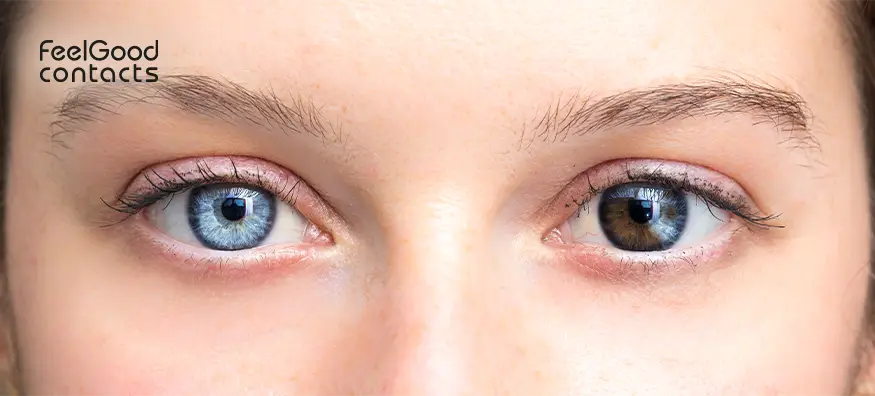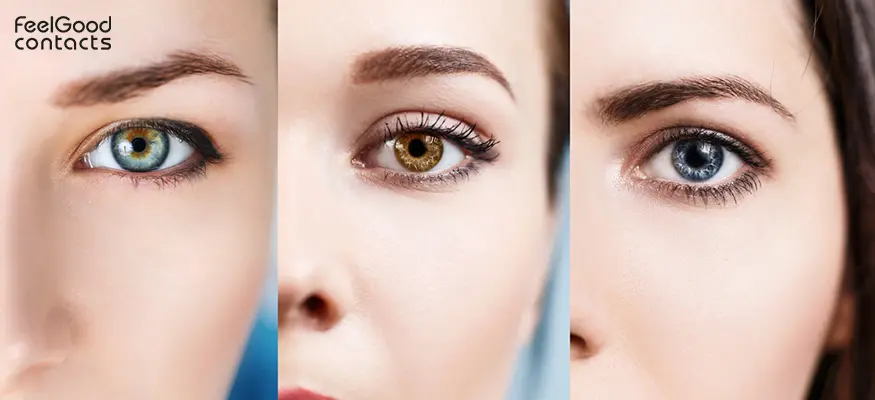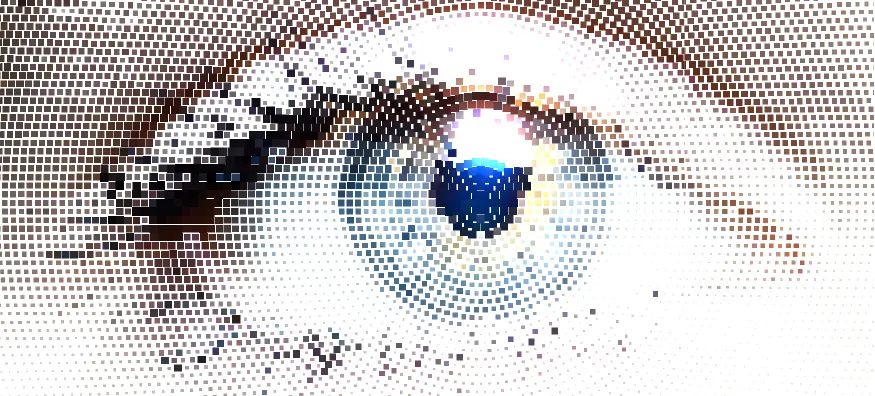
Source: Wikipedia
In this blog, we will explore the history of eye tests and compare three popular eye test charts: the Monoyer chart, the Snellen chart, and the LogMAR chart. We will also discuss their relevance in the eye health industry today.
Monoyer eye test chart
The Monoyer eye test chart consists of rows of letters. The second to sixth line begins with the letters of his last name, and the previous letter from the second to the tenth line spells out his first name.
In ancient times, people tested their eyesight by looking at the night sky and identifying constellations. If they couldn't recognise the more obvious ones, it was assumed that their vision was weak.
However, the introduction of Monoyer's ideas was a turning point in the development of modern eye tests. His contributions to ophthalmology are still highly regarded today.
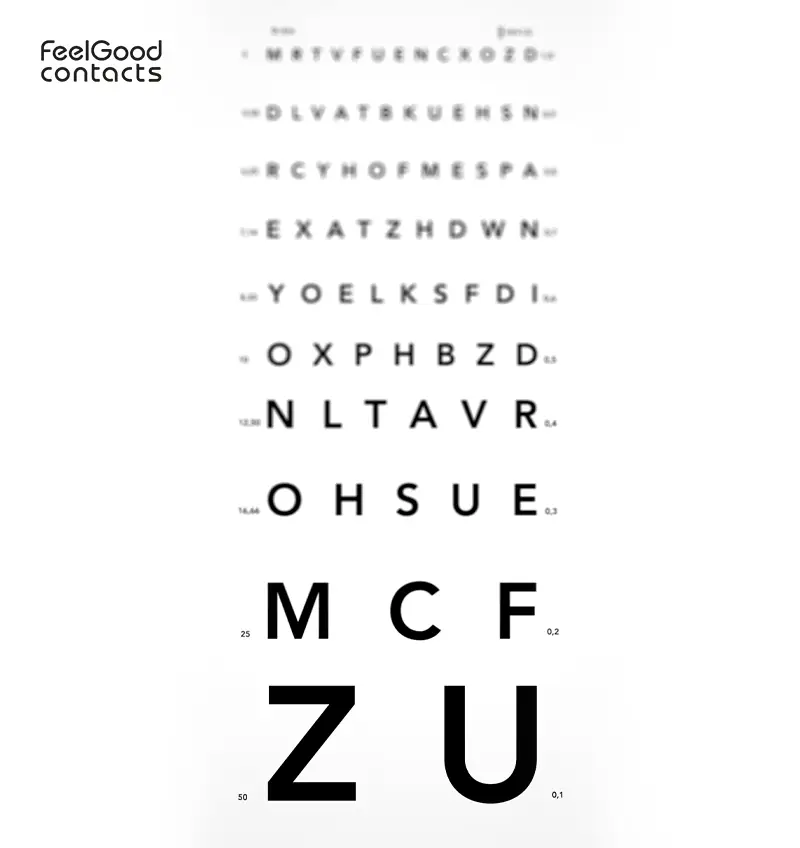
Snellen eye test chart
The Snellen eye chart test, also known as the DVLA eye test chart, was a popular alternative to the Monoyer test. It was created by Dutch ophthalmologist Herman Snellen in 1862 and originally used alphanumeric capitals arranged in a 5x5 grid. Nowadays, a generic Snellen scale can be printed with eleven lines of block letters. The DVLA eye test chart begins with one large letter, with the subsequent rows decreasing size.
"20/20 vision" originated from the Snellen eye chart test to assess distance vision clarity. During the test, the person covers one eye and reads aloud as many rows of letters as possible from a distance of 6 meters (or 20 feet), starting from the top. The smallest row accurately identified the visual acuity of that particular eye.
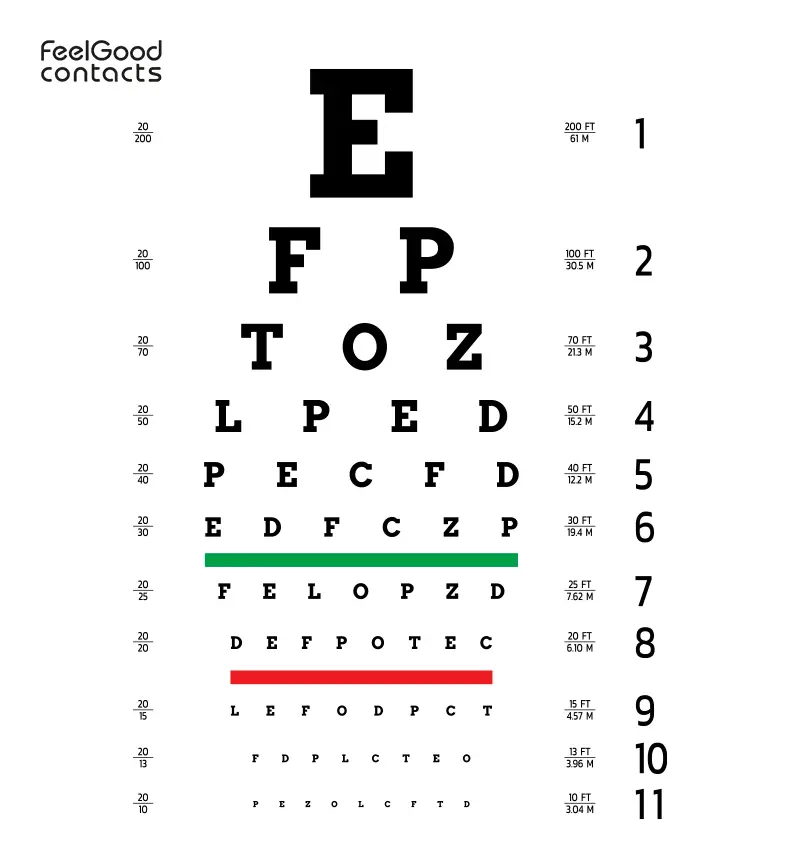
LogMAR eye test chart
Recently, many opticians have replaced the traditional eye test chart with the LogMAR eye test chart, created in 1976 by Ian Bailey and Jan E Lovie-Kitchin at the National Vision Research Institute of Australia.
LogMAR stands for 'The Logarithm of the Minimum Angle of Resolution'. This advanced chart is sometimes preferred over the traditional chart because it can detect a wider range of eye deficiencies and precisely determine long and short-sightedness. As a result, ophthalmologists, optometrists, and vision scientists highly recommend its use in research settings.
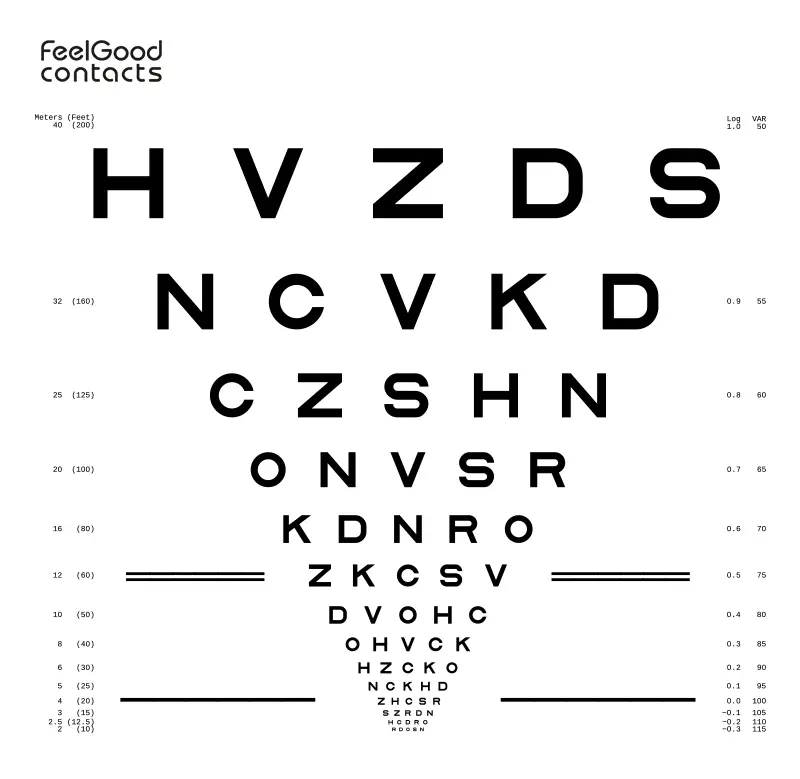
Differences between Snellen chart and LogMAR eye chart test
Vision scientists prefer the LogMAR chart due to its high accuracy in assessing visual acuity compared to its predecessors.
On the other hand, the Snellen chart is often considered easy to use and interpret. It is also relatively inexpensive compared to other tests, and some people use free resources to test their vision at home using the Snellen chart. However, it is not as accurate or appropriate as a professional eye exam.
If you have ever visited an optician, you must be familiar with the rows of letters that decrease in size. If you are experiencing difficulties with your eyesight, we strongly recommend getting an eye test as soon as possible. Even if you already use glasses or contact lenses, you should take an eye test every two years.
See what our in-house contact lens optician Tina Patel recommends about having an eye test.
Disclaimer: The advice and suggestions in this blog are for informational purposes only and are not a substitute for medical care. Before trying any products or remedies, consult with an eye care professional. See our Editorial Policy for details on how we review our blog.

















